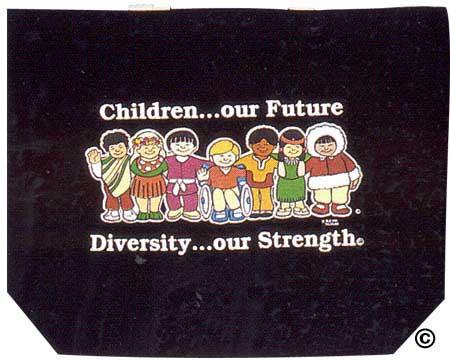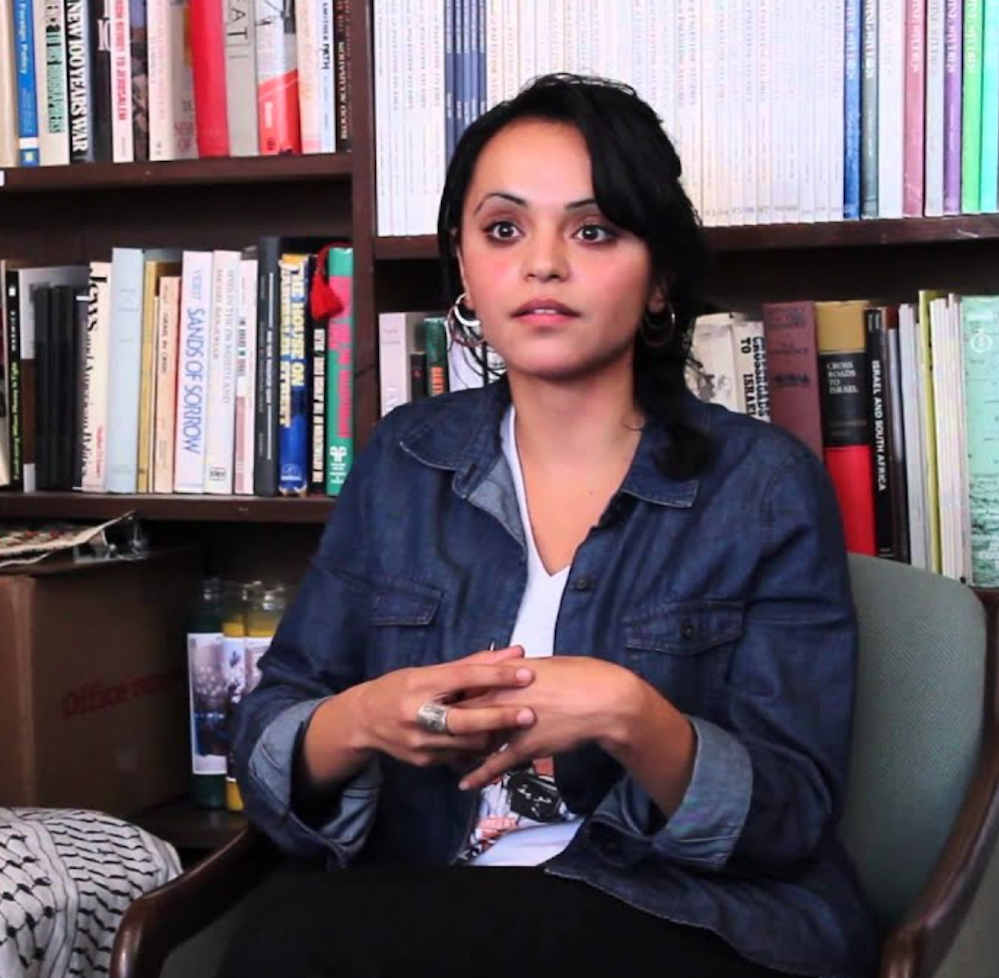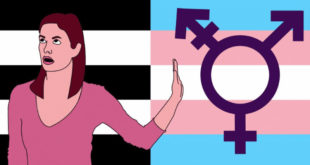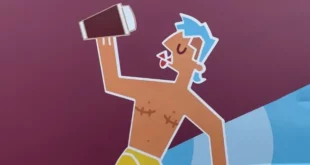
I’m not the first to notice that in all of these diversity propaganda pics you see, the kid in the wheelchair is always the white boy
Before Jews invented terms like “diversity” and “multiculturalism,” all countries that weren’t ethnically homogeneous to a high degree were classified as either one of two things:
- Empires, where one nation conquered the surrounding nations and exploited and oppressed them, like the British Empire, the Roman Empire, the Ottoman Empire, etc.
- Artificial states, where different peoples were forced to share the same statal entity under the will of a brutal dictatorship usually enforced by outside forces, like Yugoslavia, Iraq, etc.
A country could sometimes start off as one and end like the other, but neither of those were ever expected to last long, and they never did.
America today doesn’t fit neatly in either category, but instead has the worst of both.
One Jocelyn Gecker writes for the AP:
Race and ethnicity can be tricky topics to discuss, especially in the classroom. But the California Department of Education had no idea how heated the debate would get when it set out to draft a model ethnic studies curriculum for high schools statewide.
The process took over two years, multiple versions, and drew nearly 100,000 public comments.
In one ongoing conflict, Jewish and pro-Arab groups have accused each other of discrimination and trying to silence each other’s histories.
Several authors of the original draft have demanded their names be stripped from the final version, saying it’s watered down and substandard. Their draft was criticized for taking a left-wing, biased and a politically charged view of history, including terms like “hxrstory” and “herstory.” It defined capitalism as a system of oppression and drew complaints from Jews, Koreans, Sikhs, Armenians and other ethnic and religious groups who said it left out their American experiences.
This week, the State Board of Education is expected to approve the final draft, an 894-page tome whose own history illustrates the challenges of crafting an ethnic studies curriculum at a time of racial reckoning and national division.
It also highlights some of the difficult questions educators will face in an era when America is redefining its heroes and asking whose stories should be told. More than three-quarters of California’s 6.2 million public school students are nonwhite.
What exactly is the story of America now? That we were a nation of immigrants and then we invited more immigrants to come but it was a trick so we could oppress them and they rose up and took over the country?
That’s sort of a weird national myth.
But let’s be real: George Washington is out.
How they’re going to fit Jews, Koreans, Sikhs, Armenians and others into this new story – that’s unclear.
Whites invited them, then they all got together to destroy whites? Like Captain Planet, “our powers combine”?
This black guy doesn’t seem to know.
“We’ve worked to bring justice to what we believe the ethnic studies movement to be about,” state Superintendent of Public Instruction Tony Thurmond told reporters.
The ethnic studies movement has its roots in California, where students protested in the late 1960s at San Francisco State University and the University of California, Berkeley to demand courses in African American, Chicano, Asian American and Native American studies.
The proposed course materials focus on those four groups so students can “learn of the histories, cultures, struggles, and contributions to American society of these historically marginalized peoples which are often untold in U.S. history courses.”
There are four chapters with more than two dozen lesson plans that schools can pick from to fit their student communities.
It suggests conversations on the Black Lives Matter movement could start with a local or national incident of police brutality. Other lessons ask students to study poetry and art by Japanese Americans put in internment camps during World War II to better understand their trauma. Another urges students to interview Korean Americans and Blacks who were in Los Angeles during the 1992 riots to examine tensions that exploded into deadly violence.
An appendix features lesson plans on Jews, Arab Americans, Sikh-Americans and Armenian Americans who are not traditionally part of an ethnic studies curriculum “but have experienced oppression and have a story to tell,” Thurmond said.
Who knew that we oppressed Sikhs and Armenians?
I don’t remember doing that, but I guess I must have.
Those groups also objected loudest to being left out or misrepresented in the original draft, completed in spring 2019 and immediately panned. It was written by a committee of ethnic studies teachers and professors appointed by the Department of Education after a 2016 state law that passed the Legislature with opposition from Republicans.
California’s legislative Jewish Caucus complained it included content that denigrates Jews and erased the American Jewish experience. It cited course materials that referred to the Palestinian-led Boycott, Divestment and Sanctions movement, which is anti-Israel, as a global social movement but left out “any meaningful discussion of anti-Semitism.”
Wait wait wait.
So the Jews complained?
That doesn’t sound like them.
Pro-Arab groups and several of the original authors have asked for their names to be removed from it and are drafting a competing curriculum.
Lara Kiswani, executive director of the Arab Resource and Organizing Center in San Francisco, says education officials bowed to political and right-wing pressure.
“They have not only relegated a whitewashed Arab American lesson plan to an appendix, alongside a pro-Israeli Jewish lesson plan, but they have also gutted the entire curriculum,” Kiswani said during a recent webinar. Others criticized the removal of Palestinian narratives.
“Lara Kiswani” doesn’t sound like an Arab name. She doesn’t exactly look like an Arab.
Does not look healthy either.
Nadine Naber, an Arab studies expert and professor at the University of Illinois Chicago, called it an effort “to silence our histories and our stories,” which she called “colonialist tactics of elimination.”
Democratic Assemblyman Jose Medina, a member of both the Latino and Jewish legislative caucuses, was among those who supported expanding the curriculum beyond people of color. Still, he says the latest draft is a vast improvement on the original and “strikes the balance that is needed.”
Amid the controversy over the curriculum, his bill last year to make ethnic studies a high school graduation requirement was vetoed by Gov. Gavin Newsom.
The original law did not define what the course materials should include, which gave the initial drafters no clear direction, said California Secretary of State Shirley Weber, a Democrat and academic who created an ethnic studies program at San Diego State University in the 1970s.
Here’s Shirley.
That’s a beast of a creature.
The blacks have been pretty easy to win over to accepting Jewish dominion, but it seems like it’s going to be harder with the Arabs? I guess?
It’s just hard to understand what the point of this is.
 Daily Stormer The Most Censored Publication in History
Daily Stormer The Most Censored Publication in History



